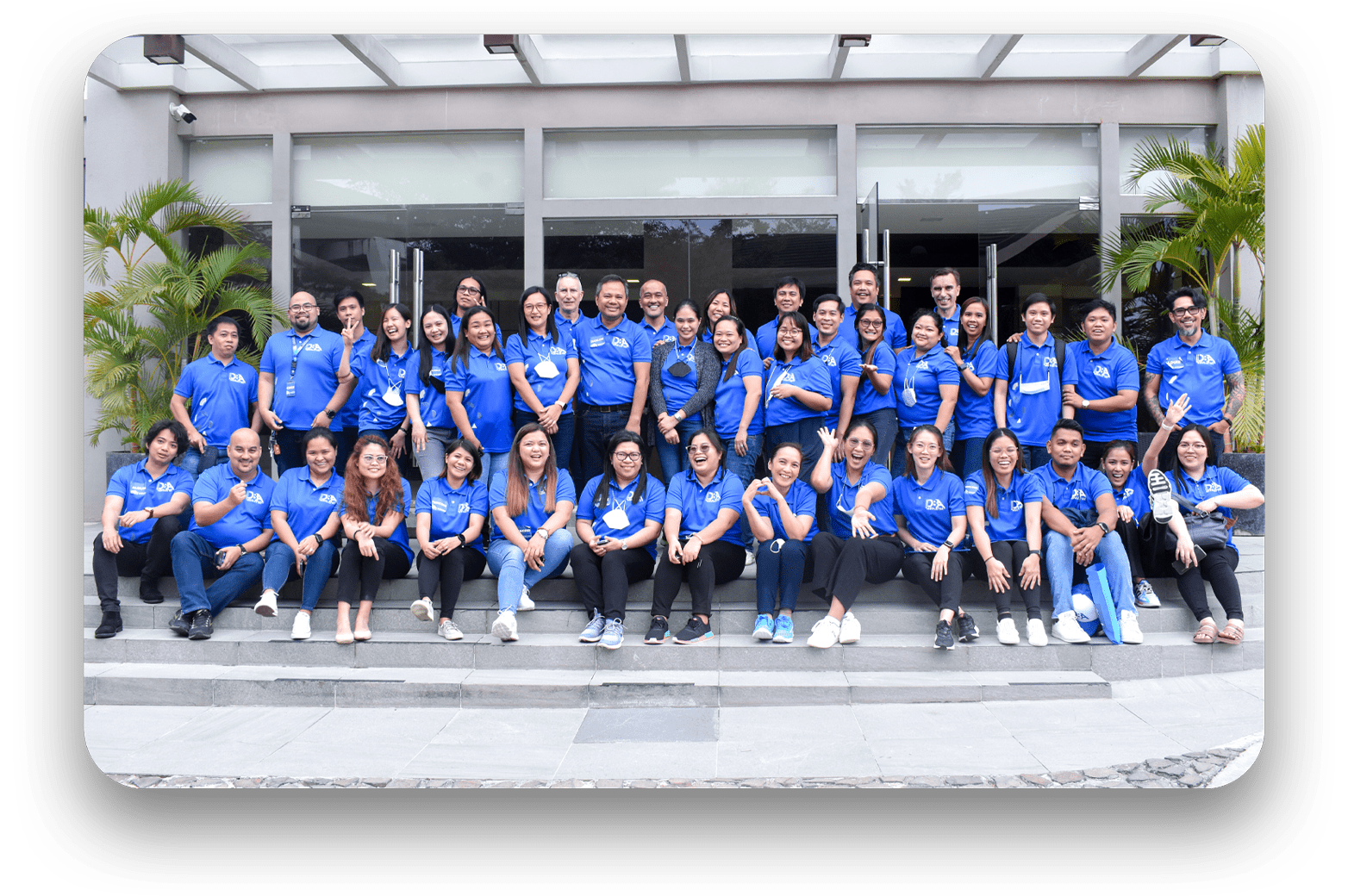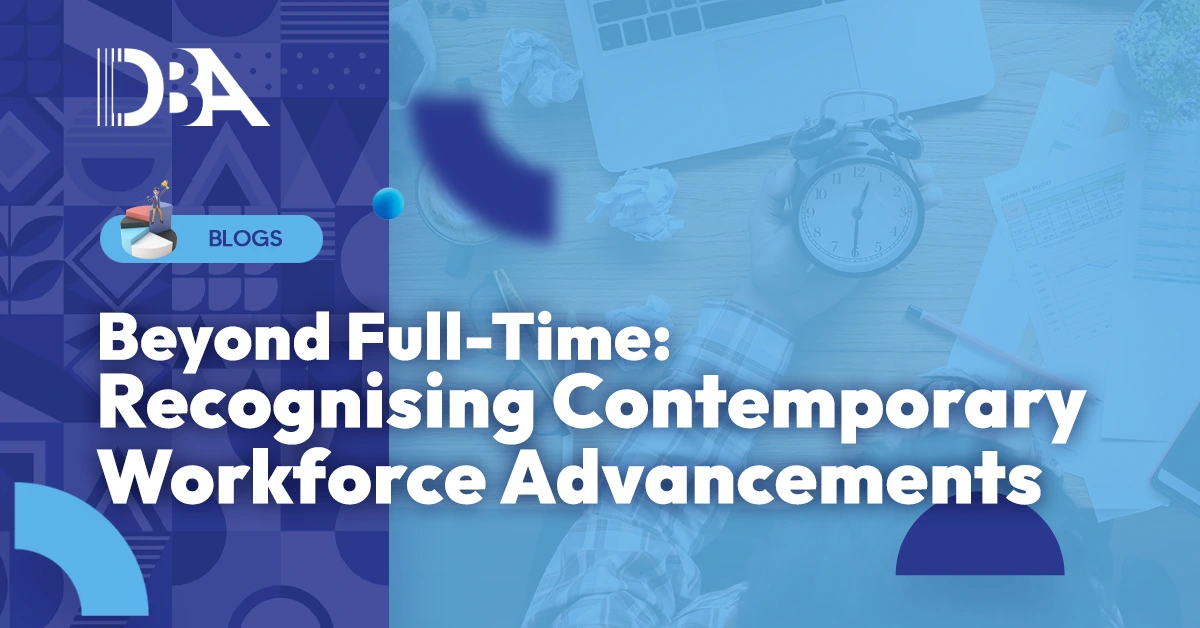The way work is conceptualised and executed is undergoing a significant transformation.
With the steady increase of online advancements, globalisation, and movement in the economy, companies are increasingly recognising contemporary workforce advancements to stay relevant in their respective industries. This results in the shift away from rigid structures and traditional employment patterns.
In fact, companies are now mixing full-time employees, gig workers, and part-time professionals to create a more dynamic and adaptable workforce.
But is recognising contemporary workforce advancements really necessary? What are the economic models driving this change? How does it affect the overall productivity and efficiency of the company?
Let Us Talk About the Work Models

In recognising contemporary workforce advancements, we must understand the employment models that are present. These are:
Companies are increasingly recognising contemporary workforce advancements to stay relevant in their respective industries.
The Traditional Model
The traditional model is an employment model built on the foundation of full-time work, which dominated the labour market throughout the 20th century. In this system, businesses hire permanent employees to fulfill specific roles. Doing this allowed companies to ensure long-term stability as well as structured career growth.
This model is focused on maintaining a consistent workforce and fostering loyalty among employees. Additionally, it also provided employees with benefits such as healthcare, retirement plans, and paid time off to incentivise long-term commitment to the organization.
The Gig Economy

The gig economy is an employment model that describes short-term, project-based, and outcome-defined work. It includes freelancers, contract workers, and independent professionals who operate on a project or task basis. In recent years, this sector has experienced explosive growth, driven by the rise of different digital platforms. Alongside changes in the labour market practices, these platforms enabled businesses to have easier access to skilled professionals.
Industries such as marketing, IT, creative services, and consulting have particularly benefited from the gig economy. With the rise of remote work and freelancing, this has become more mainstream. However, the gig economy is not a substitute for the work model, rather, it is frequently used as a supplement, adjunct, or time-filler, depending on the worker, the season, and the economic climate.
The Part-Time Employment
The part-time employment model consists of employees who work for less than 38 hours weekly in accordance with the Fair Work Act of 2009. Nevertheless, workers under this employment model are often with set schedules and defined roles within a company with a fixed contract. Moreover, part-time employees bring a diverse set of skills and experiences to the workplace. Because of this, they contribute to a more dynamic and innovative work environment.
Although it is generally part of the traditional work model, it has become increasingly popular in recent years because it is more flexible and cost-effective for employers and employees. This makes it ideal for students, parents, and those seeking extra income. Businesses also use part-time roles to meet fluctuating demand without committing to full-time hires. This model allowed greater agility in responding to market changes and seasonal fluctuations.
The gig economy is not a substitute for the work model, rather, it is frequently used as a supplement, adjunct, or time-filler, depending on the worker, the season, and the economic climate.
Differentiating the Work Models
To easily differentiate each economic employment model, these are their key characteristics:
Aspect | Gig Economy | Part-Time Employment | Traditional |
Definition | Flexible, short-term work by freelancers or independent contractors. | Reduced-hour jobs with set schedules under an employment relationship. | Full-time, stable employment with fixed hours and long-term contracts. |
Employment Status | Independent contractors or freelancers. | Employees working fewer hours than full-time staff. | Permanent employees are hired directly by companies. |
Flexibility | High flexibility | Moderate flexibility | Low flexibility |
Working Hours and Tasks | Workers choose tasks and schedules. | Schedules are set by employers. | Fixed hours determined by employers. |
Income Stability | Variable income depending on gigs completed. | More stable income but lower than full-time roles. | Stable and predictable income with regular wages or salaries. |
Benefits | No benefits | Limited benefits | Full benefits |
Job Security | Low | Moderate | High |
Stability | Work depends on demand and the availability of gigs. | Less secure than full-time positions. | Long-term contracts ensure stability. |
Technology Dependence | Highly reliant on digital platforms for matching workers to tasks. | Less dependent on technology for job allocation. | Minimal reliance on technology for job allocation or management. |
Nature of Work | Project-based, temporary, or task-specific. | Ongoing but reduced workload. | Full-time roles with defined responsibilities. |
Overhead Costs (Employer) | Low; no need to provide benefits, office space, or training. | Moderate; some benefits may be required by law or policy. | High; includes salaries, benefits, office space, and training costs. |
Worker Autonomy | High | Moderate | Low |
Recognising Contemporary Workforce Advancements

The traditional, gig, and part-time work models are no longer distinct entities. Rather, they coexist and influence one another in a continuously progressing employment landscape. Nevertheless, they are driven by several key factors that influence the shift among the employment models. The drivers that reshape how businesses operate, how workers engage with employment, and how companies structure their workforce strategies include:
• Technological Advancements
Digitalisation has made online platforms and artificial intelligence available to a broader number of users. Moreover, online marketplaces have made gig opportunities more accessible, while cloud computing and collaboration tools have facilitated remote and hybrid work models. As a result, more businesses are choosing to operate with the help of technology.
• Shifting Worker Preferences
The modern workforce values flexibility, autonomy, and work-life balance more than ever. Because of this, many professionals prefer gig and part-time economies over the rigid structures of traditional employment. Whether driven by personal desire or circumstantial events, workers are redefining the career conditions that work best for them.
• Cost Optimisation
Economic fluctuations and rising labour costs have pushed companies to rethink workforce strategies. Since maintaining full-time employees with benefits is costly, businesses have learned to integrate gig workers, part-timers, and outsourcing to their workforce. Through this integration, organisations were able to remain agile, scale operations as needed, as well as reduce financial risks.
The Role of Outsourcing in Recognising Contemporary Workforce Advancements
A way that helps companies navigate modern workforce advancements is by outsourcing. With outsourcing, businesses can scale operations efficiently without permanent hires. This provides access to experienced professionals while reducing overhead costs.
By delegating other tasks to external specialists, businesses can focus on core competencies and leverage flexibility without the burden of internal management. For example, a startup can outsource accounting back-office support to gain skilled professionals without extensive in-house hiring and training.
Additionally, outsourcing bridges skill gaps by supplementing part-time employees with outsourced professionals, ensuring business continuity and consistent support. It also reduces recruitment and training burdens.
Beyond flexibility, outsourcing helps businesses integrate full-time, part-time, and gig workers seamlessly. It supports global expansion by providing access to international talent and enhances operational efficiency by streamlining workforce management.
Embracing the Future of Work

The evolving business landscape demands a strategic and flexible approach to labour management. Hence, recognising contemporary workforce advancements is essential for maintaining competitiveness in a rapidly changing market.
Outsourcing plays a key role in this transition by helping businesses scale efficiently, giving access to specialised skills, and maintaining operational continuity. Companies that embrace these innovations are better equipped to optimise productivity and future-proof their workforce strategies.
But to achieve positive outcomes, you need to find an outsourced partner that can support long-term growth. At DBA, we offer comprehensive outsourcing solutions tailored to meet the evolving needs of businesses. We guarantee sustainable growth and success in today’s dynamic market.
Furthermore, our team of professionals is dedicated to providing strategic support and operational excellence to help you thrive in an increasingly competitive environment.
By balancing workforce diversity and leveraging the strengths of each employment model, we can help you build a resilient, future-ready organisation.

Aureen Kyle Mandap, DMP

Aureen Kyle Mandap, DMP
Share


DBA’s Global Head of Sales and Marketing, Jason Ryan recently attended the Intrigue MAdVerse Conference in Melbourne, where key insights around the evolving concept of “value” were shared. His takeaway: value is not just a concept—it’s an experience that is deeply human. At DBA, we are committed to embracing innovation while staying rooted in empathy, creativity, and connection to build a future where technology and humanity thrive together. Read more of his insight here!

Jason Ryan CFP, DBA’s Global Head of Sales and Marketing, attended the Symphony Conference in February, hosted by Fin365, Principals Community, and Netwealth. The event brought together industry leaders and professionals to discuss the latest trends and strategies in the financial services sector.






© 2024 DBA. All Rights Reserved.





